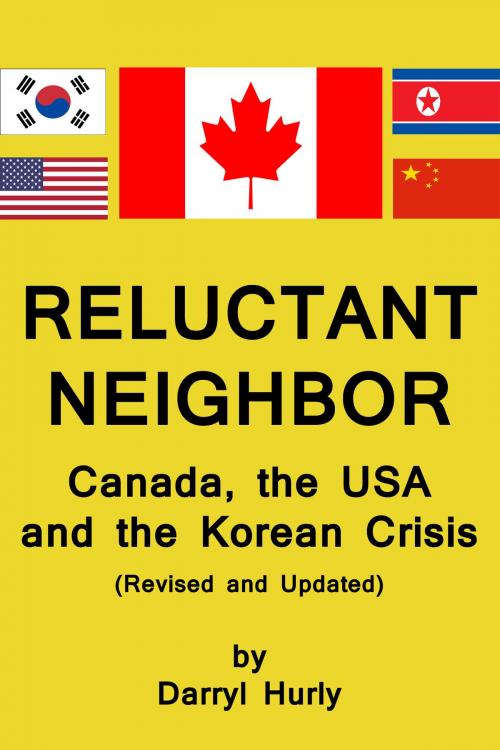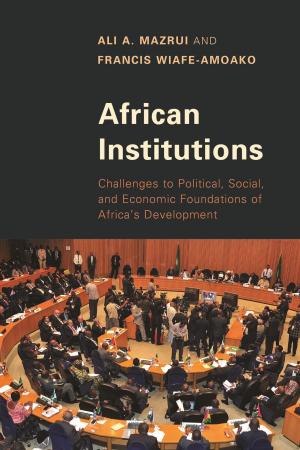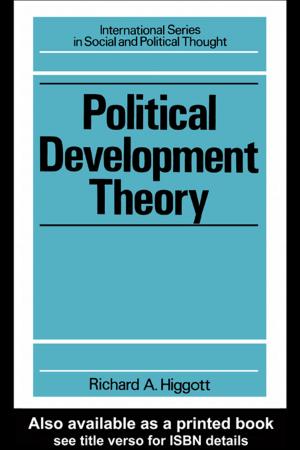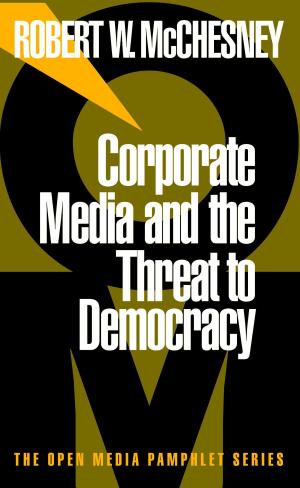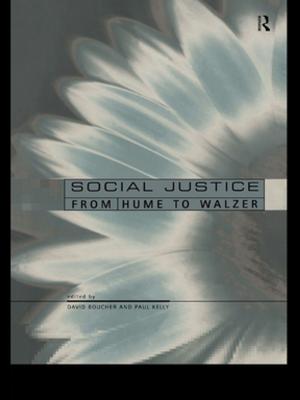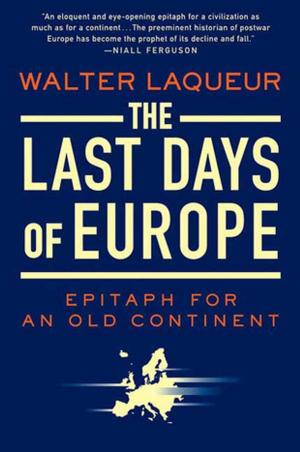Reluctant Neighbor: Canada, the U.S.A. and the Korean Crisis
Nonfiction, Social & Cultural Studies, Political Science| Author: | Darryl Hurly | ISBN: | 9780995978829 |
| Publisher: | Darryl Hurly | Publication: | September 22, 2017 |
| Imprint: | Smashwords Edition | Language: | English |
| Author: | Darryl Hurly |
| ISBN: | 9780995978829 |
| Publisher: | Darryl Hurly |
| Publication: | September 22, 2017 |
| Imprint: | Smashwords Edition |
| Language: | English |
Canada and the United States have been neighbors since colonial times. For 250 years their relations were mired in conflict. In the second third of the 19th century, a neighborly rapprochement with the US began to evolve – primarily economic down to WWII, which saw the armed forces of the two nations work in unison to defeat the AXIS.
Canada and the US were thrust upon the world stage by their exceptional participation in WWII. As the Cold War settled over the globe with the rise of the Soviet Union and Red China, both nations stood together within a UN umbrella to repulse a North Korean invasion of South Korea. The creation of NORAD to provide hemispheric defence against manned bombers carrying nuclear payloads symbolized the apogee of their strategic cooperation
Whereas the US was propelled to center stage as leader of the Western World in opposition to Communist expansion, Canada found it difficult financially to live up to its status as a major supporting player in an expensive arms race. Unable to keep pace while the world teetered on the brink of a nuclear holocaust, it scrapped the CF-105 Avro Arrow supersonic jet project, and rearmed its homeland security force with relatively inexpensive ex-US CF-101 Voodoos, plus the SAGE computer and Bomarc missile systems. It equipped its NATO contingent with CF-104 Starfighters.
Canada’s emasculated aerospace industry devolved temporarily into an aeronautical industry, producing STOL transport planes like the Cariboo, and doing subcontract work for Boeing in return for the RCAF’s purchase of Chinook helicopters. Later reinvigorated, it built the Northrop F-5 (CF-116) interceptor under contract, and designed the famous ‘Canadarm’ for use in space.
As Canada watched the US get drawn into the controversial Vietnam war, its views regarding military commitment abroad on behalf of the Free World diverged from its neighbor’s. Canadians began to question the policy of superpowers maintaining buffer states against one another, seemingly in defiance of, or at least indifferent to, the trend of nationalist inspirations within the countries involved.
Content to be a junior partner in hemispheric defence, Canada continued to march to a US drumbeat in NORAD, while scaling back its NATO commitment to defend Western Europe against Soviet aggression. With the collapse of the USSR, Canada focused on UN counter-terrorist campaigns in the Middle East and Afghanistan, where Canada’s military played minor but significant roles in combatting the new threat of violent Jihadism. Having since eschewed its combatant role and shrunk its UN commitment to minor supporting roles, it contents itself with peacekeeping and humanitarian aid.
But the resurgence of North Korea under a roguish despot with his peace-threatening, nuclear and missile capability finds Canada at a crossroads. In 1950 Canada dutifully sent army, navy and air force units to help the UN repel an invasion of South Korea by the North. Today its meagre military permits little room to aid a US-led campaign to keep North Korea in check.
Worse, North Korea’s growing missile and ICBM threats to South Korea and the US, discussed herein, find Canada naked in crosshairs targeting North America. The US and North Korea face off belligerently; China’s loyalty wavers; the UN, Russia and Japan urge sanctions and dialogue to avoid catastrophe.
Unable to urge Canada to rearm with a sophisticated missile system to counter North Korean ICBM or sub-launched missile threats, the US was forced to separate continental defence into Canadian and American zones. It no longer feels obliged to defend Canada against ICBM or ballistic missile attack.
Canada’s military remains in NORAD’s early-warning system, but Ottawa is shirking its duty to acquire modern jets and rockets to bring its weaponry into the 21st century, without which it can’t uphold its end in continental defence. Sooner or later Canada must face the music – better sooner, before it’s too late!
Canada and the United States have been neighbors since colonial times. For 250 years their relations were mired in conflict. In the second third of the 19th century, a neighborly rapprochement with the US began to evolve – primarily economic down to WWII, which saw the armed forces of the two nations work in unison to defeat the AXIS.
Canada and the US were thrust upon the world stage by their exceptional participation in WWII. As the Cold War settled over the globe with the rise of the Soviet Union and Red China, both nations stood together within a UN umbrella to repulse a North Korean invasion of South Korea. The creation of NORAD to provide hemispheric defence against manned bombers carrying nuclear payloads symbolized the apogee of their strategic cooperation
Whereas the US was propelled to center stage as leader of the Western World in opposition to Communist expansion, Canada found it difficult financially to live up to its status as a major supporting player in an expensive arms race. Unable to keep pace while the world teetered on the brink of a nuclear holocaust, it scrapped the CF-105 Avro Arrow supersonic jet project, and rearmed its homeland security force with relatively inexpensive ex-US CF-101 Voodoos, plus the SAGE computer and Bomarc missile systems. It equipped its NATO contingent with CF-104 Starfighters.
Canada’s emasculated aerospace industry devolved temporarily into an aeronautical industry, producing STOL transport planes like the Cariboo, and doing subcontract work for Boeing in return for the RCAF’s purchase of Chinook helicopters. Later reinvigorated, it built the Northrop F-5 (CF-116) interceptor under contract, and designed the famous ‘Canadarm’ for use in space.
As Canada watched the US get drawn into the controversial Vietnam war, its views regarding military commitment abroad on behalf of the Free World diverged from its neighbor’s. Canadians began to question the policy of superpowers maintaining buffer states against one another, seemingly in defiance of, or at least indifferent to, the trend of nationalist inspirations within the countries involved.
Content to be a junior partner in hemispheric defence, Canada continued to march to a US drumbeat in NORAD, while scaling back its NATO commitment to defend Western Europe against Soviet aggression. With the collapse of the USSR, Canada focused on UN counter-terrorist campaigns in the Middle East and Afghanistan, where Canada’s military played minor but significant roles in combatting the new threat of violent Jihadism. Having since eschewed its combatant role and shrunk its UN commitment to minor supporting roles, it contents itself with peacekeeping and humanitarian aid.
But the resurgence of North Korea under a roguish despot with his peace-threatening, nuclear and missile capability finds Canada at a crossroads. In 1950 Canada dutifully sent army, navy and air force units to help the UN repel an invasion of South Korea by the North. Today its meagre military permits little room to aid a US-led campaign to keep North Korea in check.
Worse, North Korea’s growing missile and ICBM threats to South Korea and the US, discussed herein, find Canada naked in crosshairs targeting North America. The US and North Korea face off belligerently; China’s loyalty wavers; the UN, Russia and Japan urge sanctions and dialogue to avoid catastrophe.
Unable to urge Canada to rearm with a sophisticated missile system to counter North Korean ICBM or sub-launched missile threats, the US was forced to separate continental defence into Canadian and American zones. It no longer feels obliged to defend Canada against ICBM or ballistic missile attack.
Canada’s military remains in NORAD’s early-warning system, but Ottawa is shirking its duty to acquire modern jets and rockets to bring its weaponry into the 21st century, without which it can’t uphold its end in continental defence. Sooner or later Canada must face the music – better sooner, before it’s too late!
